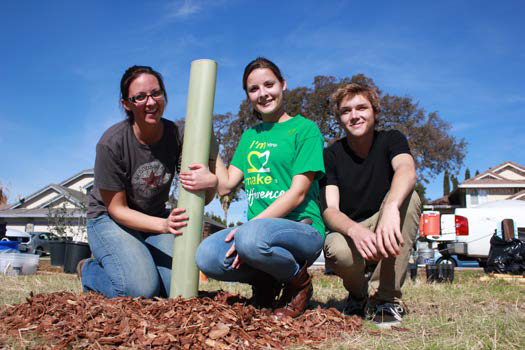2013 Stockton, California, USA
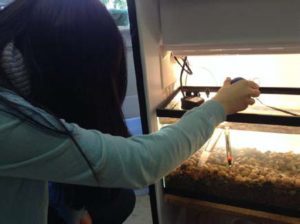
When Stockton Collegiate juniors Breana Inoshita, Nura Nasser, and Alyssa Somers were directed to research the Sacramento-San Joaquin Delta and identify an environmental concern, the girls identified a native fish facing declining populations, Chinook salmon. Raising salmon would help bring awareness to the student body of Stockton Collegiate that Chinook salmon are native to the Delta and that the salmon population has been declining for a variety of reasons.
In March 2012 Inoshita, Nasser, and Somers were awarded 7th place in the Caring for Our Watersheds competition for their plan to raise salmon and release them to the Delta. Starting in 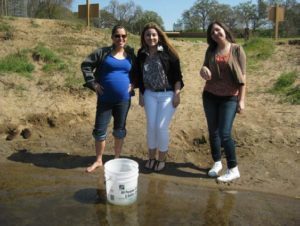 December of 2012 the girls implemented their plan at school with funding from Caring for Our Watersheds. With the help of their school club, they built the incubator for the salmon, and eggs were delivered on December 19, 2012. The tank was monitored daily for appearance (of the salmon), water temperature, and pH. When the salmon fry were finally ready, the girls and their teacher traveled north east to just below the Mokelumne River Hatchery, and helped release the fry on March 22nd, 2013.
December of 2012 the girls implemented their plan at school with funding from Caring for Our Watersheds. With the help of their school club, they built the incubator for the salmon, and eggs were delivered on December 19, 2012. The tank was monitored daily for appearance (of the salmon), water temperature, and pH. When the salmon fry were finally ready, the girls and their teacher traveled north east to just below the Mokelumne River Hatchery, and helped release the fry on March 22nd, 2013.
The students plan on raising salmon again next year and will include a second incubator at the Stockton Children’s Museum.
Students who are a part of the after school program will maintain and monitor the incubator. This project will bring more awareness and education about the salmon native to our watershed to the greater Stockton community.


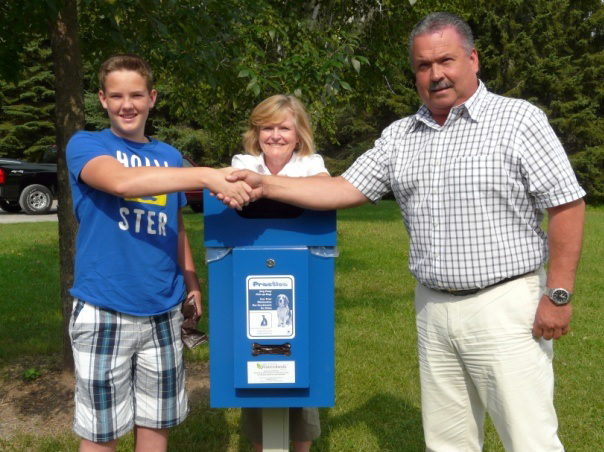
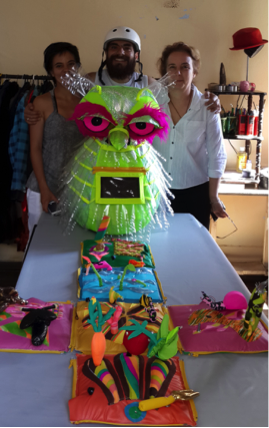
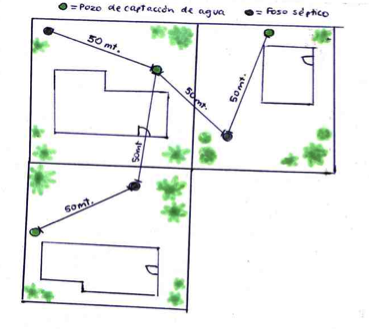
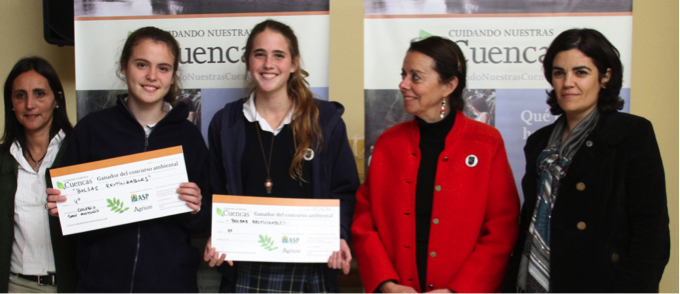

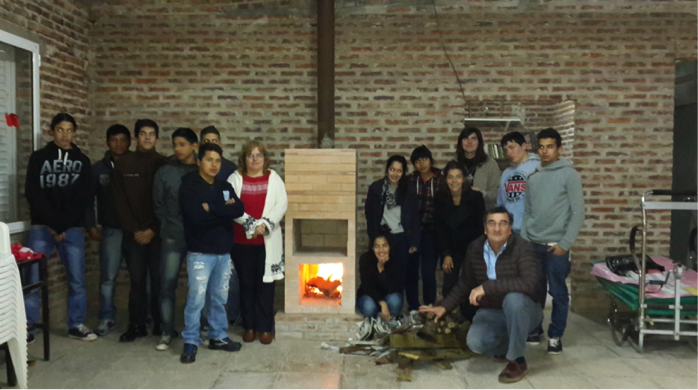
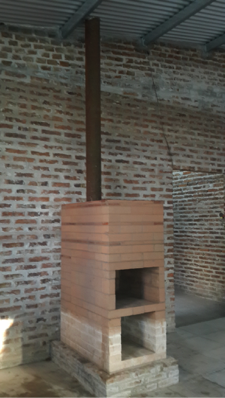
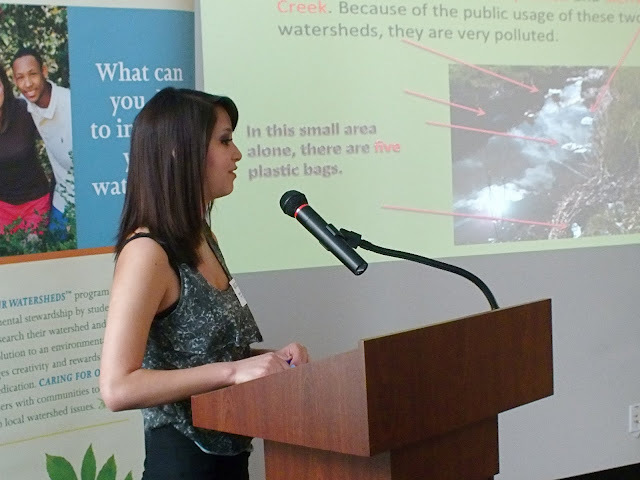
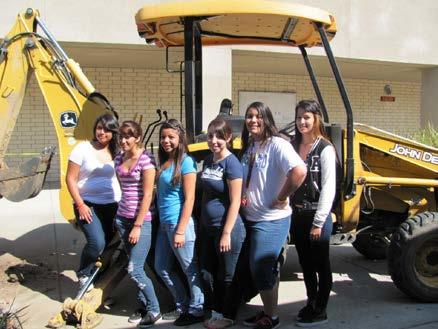 ESL Learners, gave a solid presentation at the 2012 Caring for Our Watersheds (CFW) final competition, they took second place and decided to implement their project with available CFW funds and additional club fundraisershe CFW finalists, as well as other members of their Watershed Team, planted in two phases. Fortunately, the school donated maintenance staff time to clear the planters of old tree stumps and fix existing irrigation, as this required some machinery. The students then refilled the planters with soil and planted a variety of California native forbs and shrubs. In addition to drawing attention to the newly refurbished planters, the students also drew more attention and interest to their afterschool Watershed Team, which has since tripled in size. These students will not only continue to care for the planter boxes, but will also continue to pursue other watershed stewardship and education opportunities in their community
ESL Learners, gave a solid presentation at the 2012 Caring for Our Watersheds (CFW) final competition, they took second place and decided to implement their project with available CFW funds and additional club fundraisershe CFW finalists, as well as other members of their Watershed Team, planted in two phases. Fortunately, the school donated maintenance staff time to clear the planters of old tree stumps and fix existing irrigation, as this required some machinery. The students then refilled the planters with soil and planted a variety of California native forbs and shrubs. In addition to drawing attention to the newly refurbished planters, the students also drew more attention and interest to their afterschool Watershed Team, which has since tripled in size. These students will not only continue to care for the planter boxes, but will also continue to pursue other watershed stewardship and education opportunities in their community